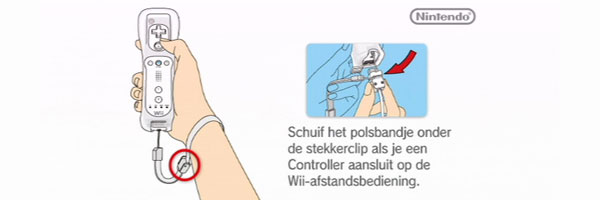Nikki Kuppens is Game Designer at W!Games. In his monthly column, he writes about the adventures of a game developer.

When working on a game in school projects, you have an enormous amount of freedom. Unless it’s specified within the assignment, you choose an engine, a platform and methodology yourself. Nobody stresses about the details. But as soon as you start working as a professional designer on commercial titles, precisely those smallest details will be the subject of rigorous scrutiny.
Free play
All of a sudden you’re not working on a game that you can create in your own image anymore and will work on an average PC. Now you’re building a product that’s going to be released on one or more carefully constructed, very specific platforms. This means that you need to develop based on the capabilities and characteristics of those consoles. As a designer, fortunately you don’t need to be directly concerned with the technical capacity or graphical power of, for example, a PS3, but that doesn’t mean you can do what you want. A big part of the time I spent on Greed Corp, I’ve been working on studying and complying to guidelines set up by the platform holders: the so called Technical Certification Requirements.
Mass Effect
Sony, Microsoft and Nintendo all have their own names for this, but it comes down to the same thing. So what is in those requirements? Of course, it’s documentation is confidential, so I’ll give an example for a console I currently have nothing to do with: the Wii. That notice about putting on your wrist strap, so that your television doesn’t get hurt, needs to be there for a certain amount of time. Even whether you’re allowed to dismiss that notice or not, and if so with what buttons, is dictated by Nintendo. Another, obvious requirement, is how big your downloadable game is allowed to be in actual file size. Those are not really rules that concern my work specifically, but that’s different when platform holders make it mandatory for your game to include Achievements and Leaderboards, for example.
These requirements are not to be taken lightly, because the platform holder will just deny your game if they find enough that doesn’t adhere to their demands. The problem for smaller developers, who are working with a certain platform for the first time, is that this documentation can be quite extensive. I can imagine that bigger studios have people that work specifically on this, made it through the process multiple times and apparently get away with certain things because of their big name. The best example of this are the on-screen texts in Mass Effect 2, which are pretty much unreadable on old fashioned televisions, but Bioware got away with it.
Functional
Since the current generation of consoles, everything got a lot more extensive, because additional functionality like online gaming and user profiles all get their own set of rules. The most difficult requirements are the ones that influence the core of your game, the part you were already going to do or already needed. Additions like Achievements are fairly easy to include in the design, but to implement a flawless system for complicated matchmaking, like the one in Greed Corp, is quite a task. As a designer within a relatively small company, which publishes the game itself, this all falls on your plate. Often this means that you need to read quite a lot before you can become creative and problem solving. It’s even more annoying if it turns out your design doesn’t completely comply to the regulations. Especially if you think you came up with something better and just want to work on ‘real’ game design.
But I’m not complaining about these seemingly outrageous regulations made up by platform holders. On the contrary, because if there’s something I learned from scrutinizing all these TCRs, it’s that they’re there for a reason. They make sure there’s consistency between products on the same platform and that means that as a designer, you can take advantage of conventions gamers are familiar with. Also, it isn’t always about limitations, but also about a solid foundation and proven solutions. Once you’ve learned that lesson, TCRs will become part of your overall design workflow and it will become a challenge to make a single design that will cover as many platforms as possible, so you will succeed on all of them with the same implementation.





No comments have been left for this post.